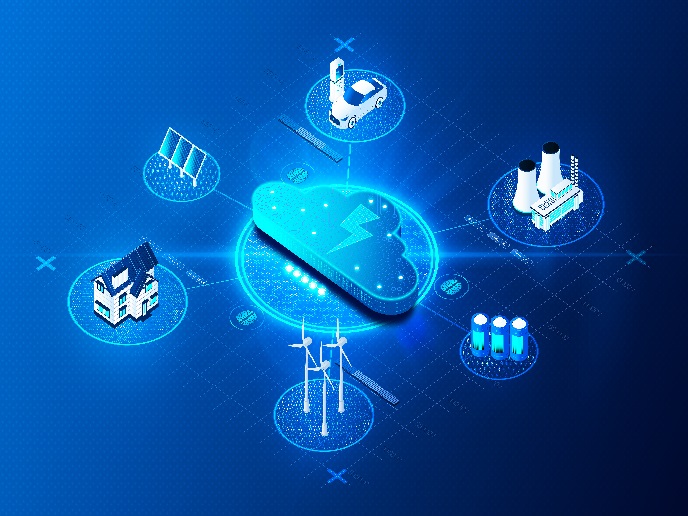Aircraft energy recovery system reduces fuel consumption
Aircraft engines are becoming more electric for greater efficiency and safety. Powering electrical systems with waste heat recovery will ensure sustainability. Within RENERGISE (Innovative management of energy recovery for reduction of electrical power consumption on fuel consumption), researchers introduced two power generation units, producing electricity from waste heat through an energy recovery system. These units can either replace or be used in conjunction with the conventional systems that retrieve their power from the main engine gearbox. Researchers used two ad hoc methods for converting the exhaust residual heat into power: static and dynamic energy recovery systems. In static recovery, the exhaust heat was directly converted to electricity through a thermoelectric generator installed on the engine cover, converting temperature differences on each side into voltage. As the voltage of the thermoelectric module dropped with current increases, a maximum power point tracking was used to maximise the power output. Another task was to introduce a supercapacitor subsystem acting as an intermediate energy bank between the thermoelectric module and the main DC bus. This subsystem mainly served to compensate for transient loads, thereby reducing power rating. In dynamic recovery, the kinetic energy of the exhaust gases was used to rotate a gas turbine connected to a permanent magnet synchronous generator, thereby generating significant amounts of electric energy. A three-phase inverter operating at a rectifier mode provided AC to DC conversion. The team also implemented feedback control that provides stabilised generator output. They examined different cooling design solutions that can meet the power density demand. Harvesting waste heat from the exhaust and turning it into electricity increases overall energy efficiency and boosts fuel economy. The RENERGISE team successfully contributed to this by developing the above waste heat recovery systems.







